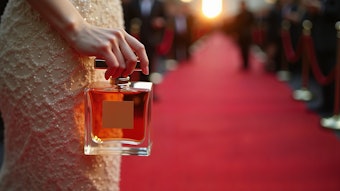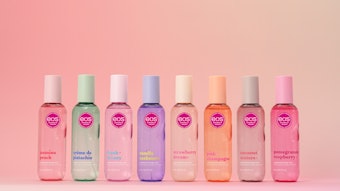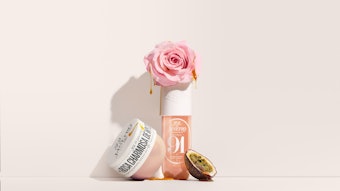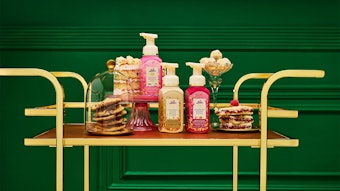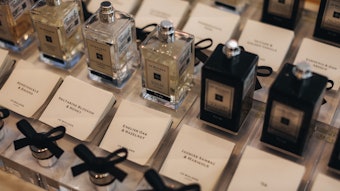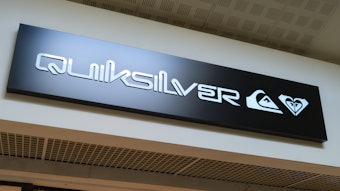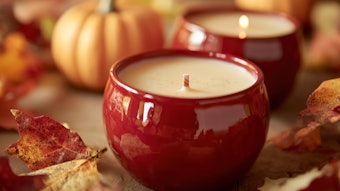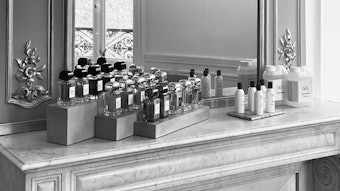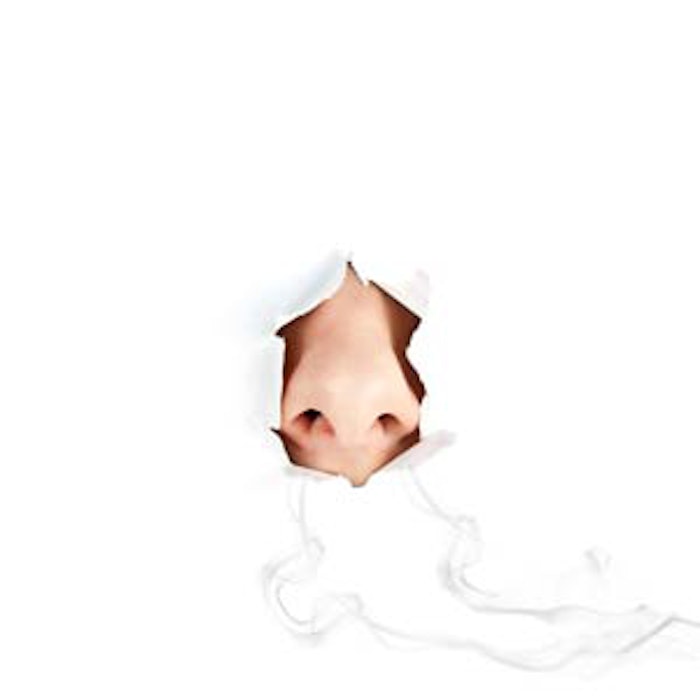
In her article in the May issue of Perfumer & Flavorist magazine, Michelle Krell Kydd explores what it means to be a perfumer. She also discusses the need for fragrance houses to communicate with consumers and educate the public about the process and art of perfumery. Here, P&Fnow talks to Kydd about what it takes to be a true perfumer, the importance of “unveiling” the perfumer, the "imposter syndrome" and the Jean Carles olfactive training charts.
P&Fnow: As you see it, what are the advantages of heightening traditionally trained perfumers’ profile in the industry and media?
Krell Kydd: The average consumer lacks a concrete understanding of who perfumers are and what they do. In the United States, consumers are familiar with brands and products. The explosion of fragrance releases over the years has diluted the perceived value of brands. Because of this, consumers, who are smarter than most marketers give them credit for, want something more.
In the Internet age, fragrance connoisseurs and individuals with an interest in perfumery share information on blogs and virtual communities. The names of perfumers along with histories of their respective creations are now a regular part of the blogosphere—which is not always true of print media. Curiosity regarding the perfumer is a natural extension of perfume’s DNA—it is an intimate product that literally touches the wearer. People don’t let strangers get that close, so why wouldn’t one want to know more about a person who is touching their heart with something beautiful?
P&Fnow: In your educated opinion, what are the makings of a genuine “perfumer”?
Krell Kydd: A genuine perfumer attends perfumery school and is further trained by an established perfumer who serves as a mentor. The total process takes up to 10 years. In addition, a genuine perfumer must also learn up to 3,000 raw materials, even though he or she may not utilize the whole olfactive palette in their career. Certain ingredients fall in and out of favor, so the study of raw materials never really ends.
A key fact that deserves emphasis is that a perfumer working in the industry makes fragrances to please a client. Though all perfumers put a little of themselves into whatever they create, they must objectively deliver a finished product that fulfills the needs of a fragrance brief. Modification upon modification must be made until the desired creation is actualized. This is the unromantic truth of perfumery, and thus the responsibilities of a perfumer are not to be taken lightly. A genuine perfumer is a strong person with vision and conviction, one who knows when it’s time to take the established path and when it’s time to go forward into unknown territory.
P&Fnow: What are the roots of the fragrance industry’s secrecy?
Krell Kydd: There are legal documents called non-disclosure agreements and these bind two parties to a particular code of conduct regarding what is and isn’t public. This legally-bound confidentiality is completely understandable. The competitive “fragrance brief” system, which pits various flavor and fragrance houses against each other, encourages secrecy. Then there is a kind of dysfunction in terms of process, which I like to refer to as the “imposter syndrome.” There are certain acceptable practices in our industry regarding fragrance creation, practices no one likes to admit to. Running a GC mass spec on existing fragrances and using the olfactive findings to build fragrances that smell like top sellers is a truth most people would like to sweep under the rug.
There are right reasons and wrong reasons for dissecting fragrances. Deconstruction may yield new truths about ingredient combinations or behavior—this is valuable. Blues guitarists know a lot about this kind of deconstruction. When two greats like B.B. King and Eric Clapton get on stage and trade riffs, they play an interesting game. Each one takes turns running their fingers across the fret board, picking up pieces of the other’s work and developing it with their own signature style. With bravado, they challenge each other to take the music to a higher level. That is not what happens when you copy a fragrance, add a few new ingredients and give it a fresh name. There is nothing to be gained in terms of the art of perfumery and frankly, this process contaminates everyone in the equation with contempt for the industry. This is where the “imposter syndrome” takes its toll. Risk aversion in the business of fine fragrance creation simply stinks.
P&Fnow: Coinciding with your article, Givaudan perfume school head Jean Guichard has allowed the partial publication of Jean Carles’ olfactive training charts. What is their historical significance and why is it important that they be displayed to the wider fragrance industry?
Krell Kydd: Jean Carles, founder of Givaudan’s Perfumery School, developed a system of olfactive study, creating two distinct charts that organized raw materials by similarity and contrast, one for naturals and one for synthetics. The method, which bears his name, is an industry standard used by all professional perfumers. The charts were practically olfactive apocrypha to people outside the fragrance business until bloggers and virtual community members started telling each other about William Irving Kaufman’s book, Perfume, which contains an old version of the Jean Carles’ charts. Used copies of this discontinued book are getting harder to find and this closes the door on the consumer.
Knowledge has an energy that multiplies exponentially when someone begins to obtain answers to their questions. The more one learns, the more curious one becomes and that makes a person better equipped to make good choices in the marketplace. The Jean Carles charts allow a person to understand the categorization of complimentary and contrasting fragrance materials, which also help one understand taste—a very tangible thing. Live olfactive classes based on the Jean Carles’ method can and should be deployed at the university level and in wine tasting courses. In addition, one cannot discount the possibility that the information provided by Givaudan will reach the eyes of future talent in the industry—something truly worth cultivating.
Lastly, knowledge turns a consumer into a prosumer, a term coined by futurist Alvin Toffler in the eighties. Prosumers have the potential to shape the future of product creation in a culture that encourages knowledge sharing, which is where we are today. The rise in chypre fragrances and more haute collections like Frédéric Malle Editions de Parfums, Chanel’s Les Exclusifs and Tom Ford’s Private Collection are proof of this.
P&Fnow: What, if anything, do you make of the natural vs. synthetic debates taking place among traditional and self-trained “perfumers”? What is the significance of those conversations?
Krell Kydd: The debate has nothing to do with the real problem in the industry—a lack of well-made, fragrances with distinct signature. Traditional professionals aren’t debating this subject matter—uninformed enthusiasts and authors with personal agendas are. Because of this, the natural vs. synthetic argument has served as a smokescreen for the industry, which has not done enough to educate the public about perfumers and fragrance creation. In this kind of environment charlatans flourish.
